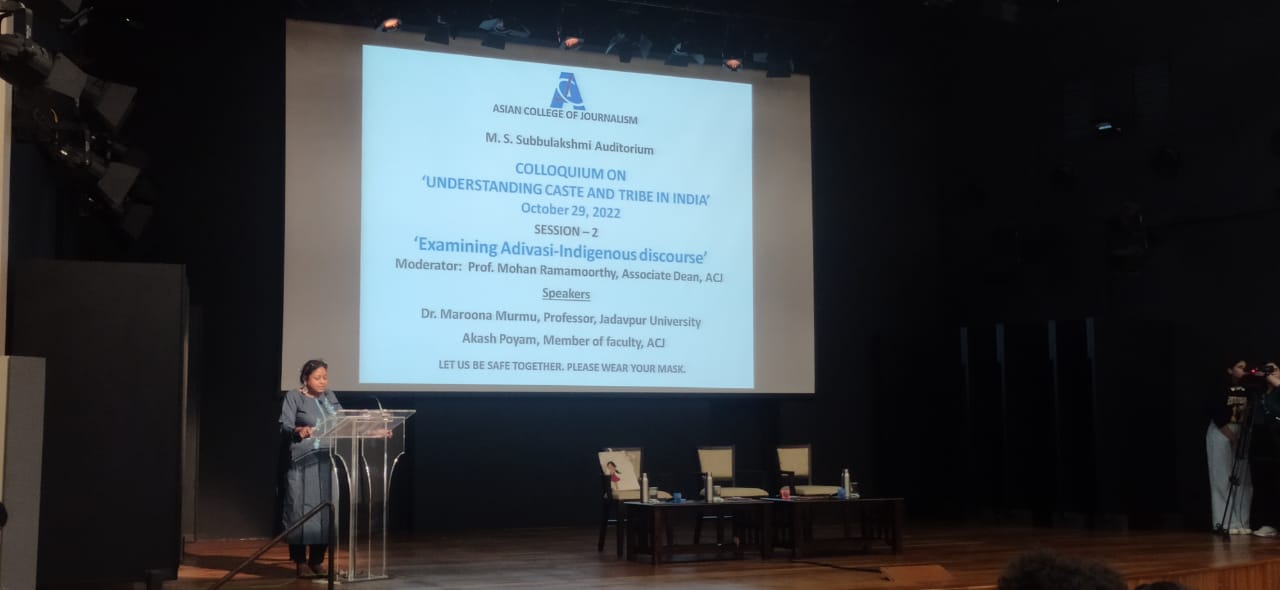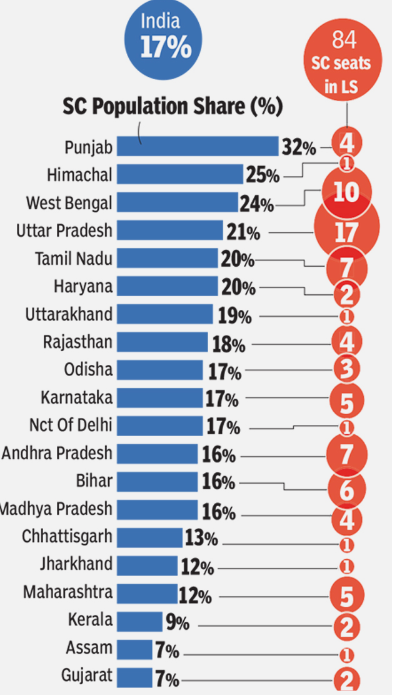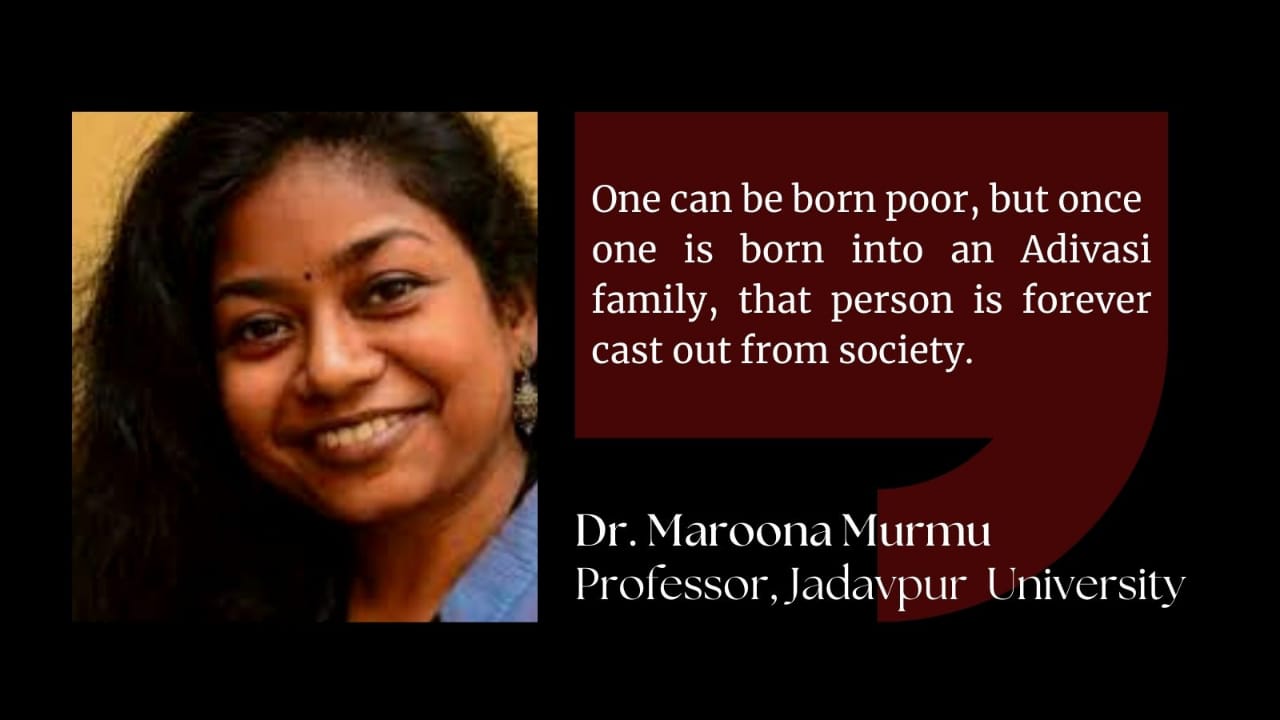Jyothsna
11:51
11:54
11:55
11:57
11:59
12:02
12:08
12:11
12:11
12:15
12:17
12:22
12:22
12:24
12:24
12:24
12:27
12:29
12:31
12:32
12:33
12:34
12:37
12:40
12:42
12:46
12:47
12:49
12:53
12:55
12:55
12:57
12:58
12:59
1:02
1:03
1:07
1:09
1:10
1:11
Connecting…




